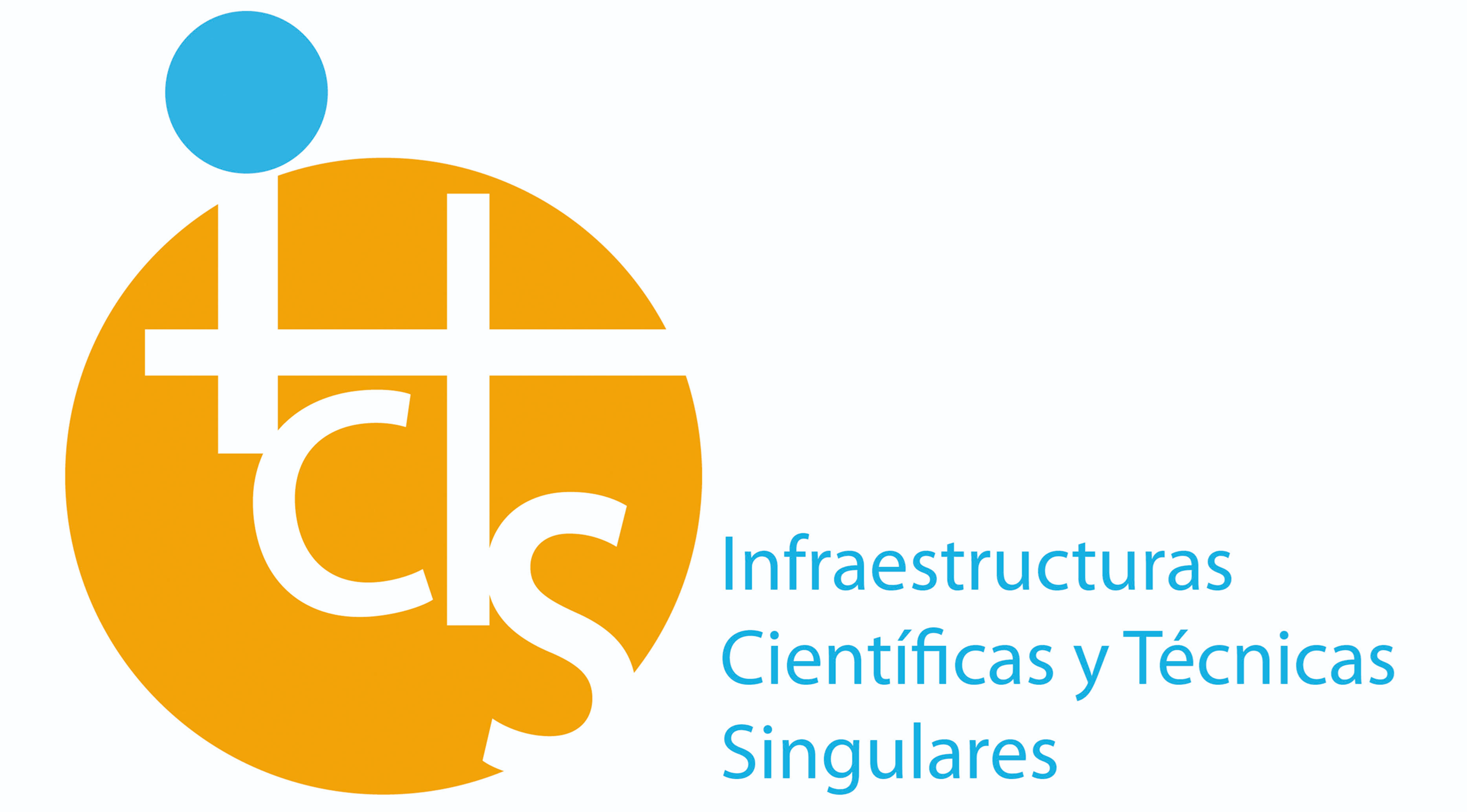Radiotelescopio de 40 metros
El Instituto Geográfico Nacional opera un radiotelescopio de 40 metros en el Observatorio de Yebes, una Infraestructura Científico Técnica Singular a 50 km al este de Madrid. El radiotelescopio, de 40 metros de diámetro, se emplea fundamentalmente en longitudes de onda centimétricas y milimétricas para observaciones de líneas espectrales correspondientes a moléculas en envolturas circunestelares, medio interestelar de nuestra galaxia, objetos extragalácticos, y también para observaciones VLBI astronómicas y geodésicas.
Convocatoria de propuestas de observación
Convocatoria estándar
La convocatoria estándar está orientada a observaciones de antena única y observaciones VLBI que no son parte de las redes EVN, GMVA o IVS.
La convocatoria se abre semestralmente. La última convocatoria se puede encontrar en la siguiente página.
El personal del Observatorio de Yebes y del OAN podrá asistir en la elaboración de las propuestas y en la realización de las observaciones, examinando los casos de manera individual.
Tiempo Discrecional de Director (DDT)
Desde el primer semestre de 2019, una pequeña fracción de tiempo de observación del radiotelescopio de Yebes 40m está abierta para propuestas calificadas como Tiempo Discrecional de Director. Para que una propuesta se pueda considerar adecuada para el programa DDT debe cumplir los siguientes requisitos:
-
Propuestas que precisen observar objetos calificados como Target-of-Oportunity (ToO), es decir que sufran eventos de corta duración, imprevistos o transitorios.
-
Propuestas que requieranobservaciones urgentes debido al alto impacto, a objetivos altamente competitivos que conduzcan a resultados excepcionales o a observaciones de continuación de descubrimientos recientes que precisen observaciones complementarias con el radiotelescopio de 40m de Yebes.
-
Propuestas que busquen poner a prueba ideas nuevas y potencialmente rompedoras que sean susceptibles de llevarse a cabo en un tiempo de telescopio relativamente breve.
Convocatoria para observaciones con la EVN
El radiotelescopio de 40m es parte de la EVN (Red Europea de VLBI), y como tal observa en tres épocas diferentes a lo largo del año. También se observan unas 10 sesiones de eVLBI al año y eventos transitorios como Target of Oportunity, que se evalúan con celeridad. Todas las propuestas pasan por el comité de programas de la EVN.
Para obtener información de cómo pedir tiempo de observación en la EVN, acceda a la siguiente página.
Convocatoria para las observaciones con la GMVA
El radiotelescopio de 40m es parte de la Red de VLBI Milimétrico (GMVA), y como tal observa en dos épocas diferentes (primavera y otoño) a lo largo del año. Para obtener más información sobre el tiempo de observación en la GMVA diríjase a: https://www3.mpifr-bonn.mpg.de/div/vlbi/globalmm/
Envío de propuestas
El radiotelescopio de 40m utiliza el sistema RAYO para la preparación y envío de propuestas. RAYO es una herramienta desarrollada en el Observatorio de Yebes para la gestión de propuestas y de observaciones del RT de 40m.
Para el envío de propuestas acceda a la siguiente página.
La información sobre los solicitantes, instrumentos, objetivos, fuentes, etc, debe ser proporcionada sobre la marcha rellenando un formulario y la justificación científica y técnica debe ser preparada por separado y cargada como archivo PDF del mismo modo que se deben cargar las fuentes a observar.
La propuesta debe contener una justificación científico-técnica incluyendo una explicación de cómo se ha calculado el tiempo solicitado. La extensión máxima de dicha justificación es de 2 páginas A4, más referencias, figuras y tablas si es necesario (para un máximo total de 4 páginas). Puede utilizarse para ello cualquier procesador de textos capaz de producir archivos PDF, aunque se recomienda el uso de LaTeX, para el que se provee de una plantilla adecuada.
Los investigadores deben mencionar en sus propuestas cualquier observación relevante pasada con el Radiotelescopio de 40m u otros telescopios, y mostrar en su caso cualquier resultado preliminar. Las estimaciones del tiempo requerido deben hacerse usando la calculadora de tiempos disponible online. Así mismo, debe indicarse si las observaciones solicitadas son necesarias para la consecución de un trabajo de tesis doctoral.
Características técnicas
En este momento tan sólo es posible realizar observaciones espectrales. Las observaciones de continuo se reducen a barridos en potencia total y barridos de foco. No hay disponible barridos con conmutación rápida; en su lugar, las conmutaciones posibles son en posición o en frecuencia. El modo de cartografiado On The Fly se encuentra actualmente en implementación y se ofrecerá en el futuro cercano. Los principales detectores espectrales y de continuo son espectrómetros de trasformada rápida de Fourier (FFT) con anchos de banda de 2,5 GHz, 1,5 GHz, 500 MHz y 100 MHz.
Frecuencias de observación disponibles
-
Banda C: 4,9-5,4 GHz y 6,1 – 6,6 GHz
-
Banda X: 8,1 - 8,9 GHz
-
Banda K: 21 - 25 GHz
-
Banda Q: 41 - 49 GHz
-
Banda W: 72 - 90 GHz
Banda de detección y resolución espectral
-
Banda C: 500 MHz. 6,1 & 30 KHz
-
Banda X: 500 MHz. 6,1 & 30 KHz
-
Banda K: 500 MHz. 6,1 & 30 KHz
-
Banda Q: 18 GHz. 38 KHz
-
Banda W: 18 GHz. 38 KHz
Resolución angular (θb) y eficiencia de apertura (ηA)
-
Banda C: θb=260’’, ηA=0.46
-
Banda X: θb=180’’, ηA=0.70
-
Banda K: θb=80’’, ηA=0.50
-
Banda Q: θb=40’’, ηA=0.41
-
Banda W: θb=20’’, ηA=0.18
La expansión de la banda instantánea de detección a 18 GHz en las bandas Q y W se ha hecho dentro del proyecto Nanocosmos (ERC-2013-Syg-610256-NANOCOSMOS) durante el año 2019.
Modos de observación y procedimientos
Las observaciones serán realizadas por los operadores del Observatorio de Yebes utilizando macros y procedimientos preparados por los astrónomos de soporte del centro, quienes contactarán con antelación con los investigadores a los que se les haya concedido tiempo con objeto de optimizar las observaciones. Se anima a los observadores a visitar el Observatorio de Yebes para preparar mejor sus macros y procedimientos.
Reconocimientos en las publicaciones
Las publicaciones realizadas con el RT de 40m deberían agradecerse del siguiente modo: “Based on observations with the 40-m radio telescope of the National Geographic Institute of Spain (IGN) at Yebes Observatory. Yebes Observatory thanks the ERC for funding support under grant ERC-2013-Syg-610256-NANOCOSMOS”



